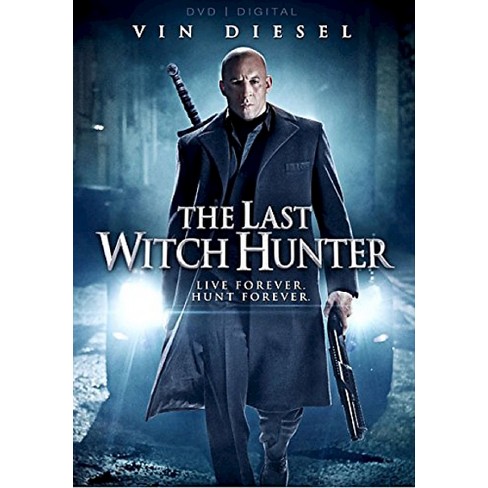

He noted that evil spirits entered structures 'by whatsoever opening the air may enter in at'. James VI gave us a pointer as to where we might start to look for physical clues relating to ritual protection marks in historic buildings. Ritual protection marks adjacent to a window at St Mary’s, Warwick, Warwickshire

It's not just pentangles that are found scratched onto the walls – chequerboards, mesh patterns, peltas (a type of knotwork design) and circles were also co-opted in the fight against evil. It was thought that a demon would always follow a line to find out where it went by creating a line with no end an evil spirit could be trapped, spinning on the walls for all time. The endless-line design of the pentangle may have been linked to a folk belief that demons were not especially bright creatures. The 14th-century poem Sir Gawain and the Green Knight contains a passage in which the eponymous hero dons gear that depicts pentangles, in order to offer spiritual protection against the supernatural Green Knight. In Christian numerology the number five represented the five wounds of Christ. The notion that the five-pointed star, or pentangle, had protective powers stretched back into the medieval period. In doing so, they sometimes turned to ancient folk beliefs and pseudo-theology for inspiration. One of the ways in which owners, occupants and visitors to buildings sought to ward off evil was by carving protective symbols, as graffiti, into the structure’s fabric. Medieval graffito of a pentangle from St James the Great Church, Aslackby, Lincolnshire Through careful archaeological survey, researchers have been able to find traces of this ritual protection in historic buildings. Statistics from the law courts show that the majority of those accused were marginalised women, living on the edge of society.Īn extension of these fears was that folk from all sectors of society sought to ward away the threat of evil from their property. Witch trials became distressingly common, with the alleged malefactors accused of using black magic in a variety of perceived crimes. So difficult were the problems that people began to look towards external, supernatural factors as being responsible for their troubles. This turbulent time witnessed social, political, economic and religious upheaval. Demons, evil spirits and witches were genuinely believed to be stalking the land, intent on wickedness. The reality of supernatural evil was almost universally acknowledged during the 16th and 17th centuries. In a curious passage from his 1597 witch-hunting manual, James VI of Scotland (later James I of England) expressed the widespread fear in early modern Europe that the Devil could take possession of a building. King James VI of Scotland, Daemonologie, 1597Īn image from The Wonderful Discoveries of the Witchcrafts of Margaret and Phillip Flower, printed in London, 1618 ‘THE DEVIL… WILL COME AND PIERCE THROUGH WHATSOEVER HOUSE OR CHURCH, THOUGH ALL ORDINARY PASSAGES BE CLOSED, BY WHATSOEVER OPENING THE AIR MAY ENTER IN AT’ Our expert, archaeologist James Wright, leads the way
#WHERE US THE CHURCH USED IN THE MOVIE THE LAST WITCH HUNTER TV#
To celebrate the city’s long history as a haven for some of Tinseltown’s ghastliest visions, we’ve put together a handy map of locations featured in horror films and TV shows, from the sprawling plantations west of the city to NOLA’s patchwork of cemeteries, churches, and late-night dive bars.It’s almost Halloween – time to dip into the past and explore the ways we once protected hearth and home from demons. Producer Ryan Murphy used the city as a backdrop for two gruesome seasons of American Horror Story, and most recently, it served as a backdrop for The Purge, a hyper-violent miniseries on USA Network.

In 1994, the city hosted Hollywood mega-stars Tom Cruise and Brad Pitt for the adaptation of Anne Rice’s Interview with the Vampire. In 1964, the Bette Davis-Olivia De Havilland horror film Hush.Hush, Sweet Charlotte exploited the spooky potential of 19th-century plantation homes to great effect. Indeed, the city once known as Hollywood South (a title now held by Atlanta) and its outlying areas have become a popular shooting location for an impressive number of horror films and TV shows. Hollywood has certainly taken advantage of the Crescent City’s atmosphere over the years. Not to mention that, thanks to its French colonial-style architecture, moss-hung oaks, and buttery subtropical light, it may be the most hauntingly photogenic city of all time. NOLA’s history of witchcraft, its geography dotted with decaying above-ground cemeteries, and a reputation for housing all manner of fictional vampires makes it an ideal setting for celebrating the art of the scare.


 0 kommentar(er)
0 kommentar(er)
